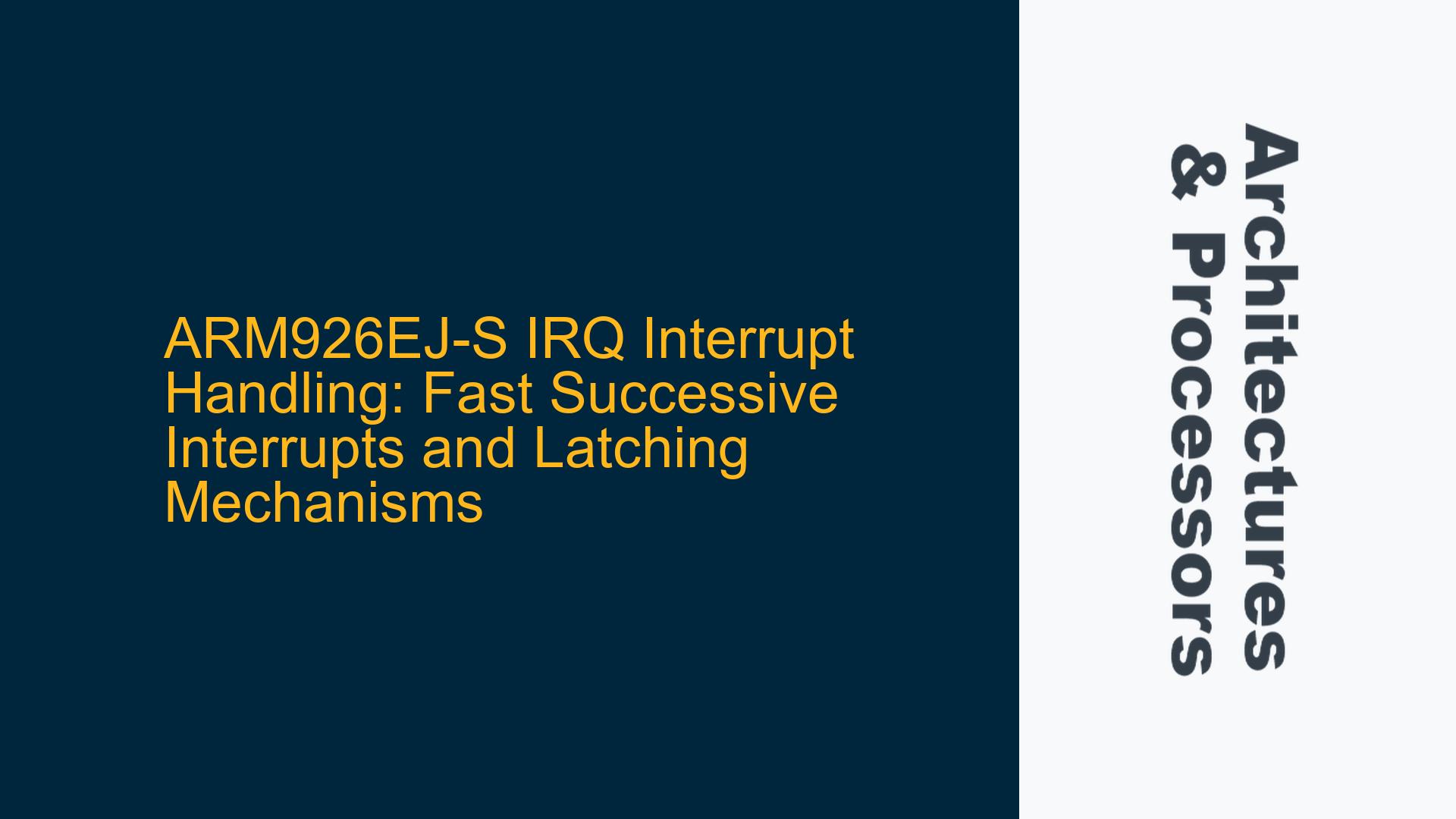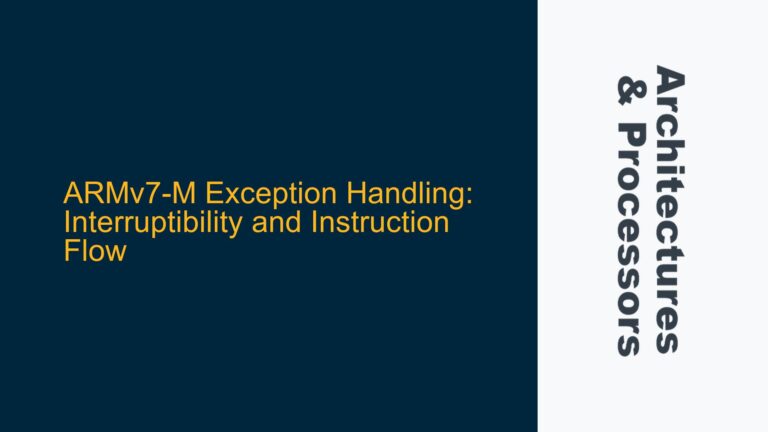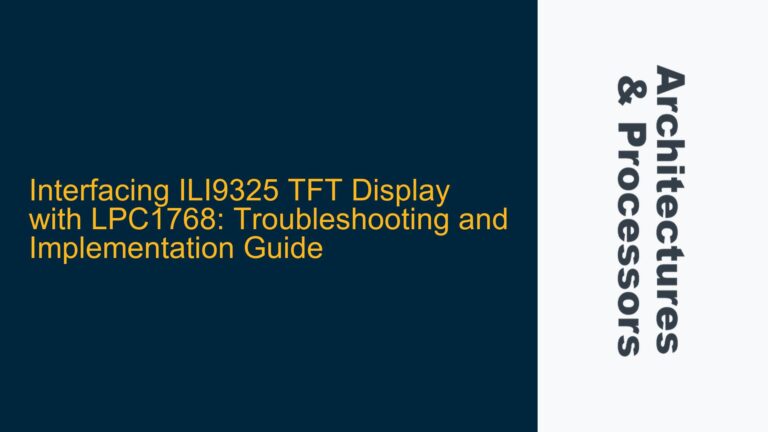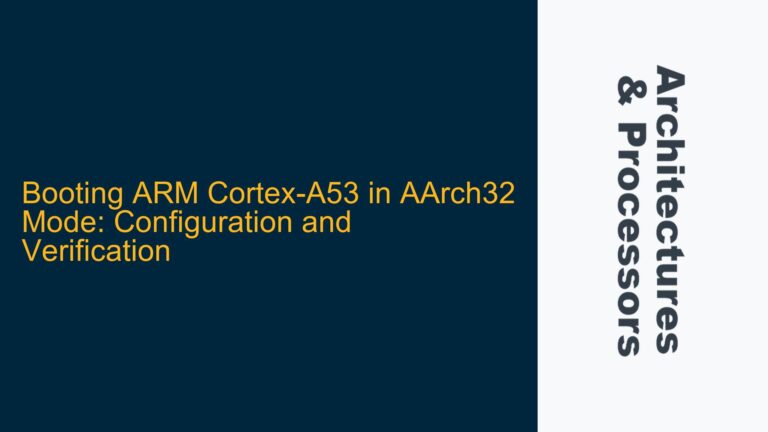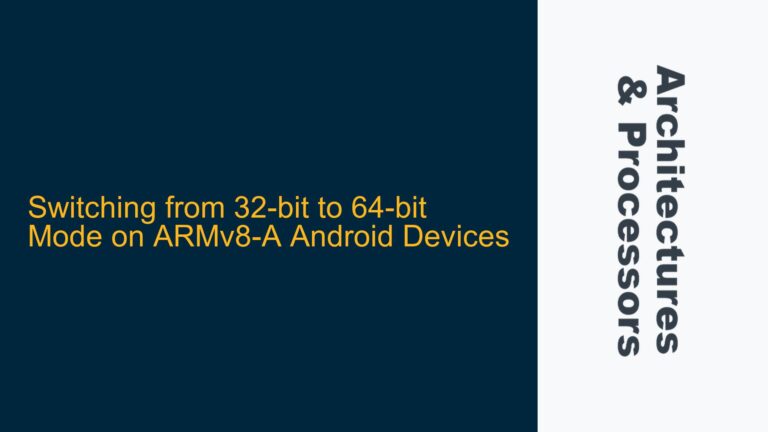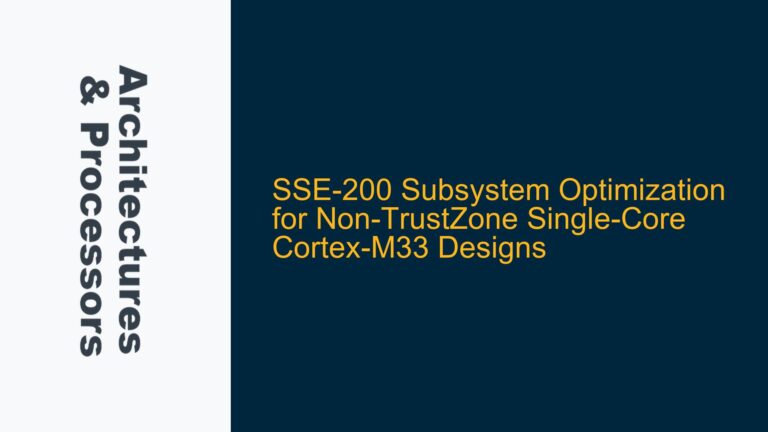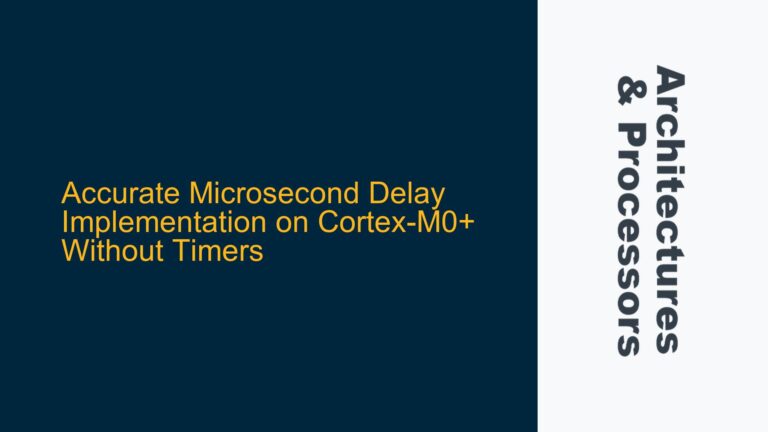ARM926EJ-S IRQ Line Behavior with Rapid Successive Interrupts
The ARM926EJ-S processor, a member of the ARM9 family, is widely used in embedded systems for its balance of performance and power efficiency. One of the critical aspects of its operation is interrupt handling, particularly through the IRQ (Interrupt Request) line. When an IRQ interrupt is triggered, the processor must respond promptly to service the interrupt. However, a common concern arises when the same interrupt occurs in rapid succession, faster than the processor can service the initial interrupt. This scenario raises questions about how the ARM926EJ-S handles such cases: Does it queue pending interrupts, ignore subsequent interrupts, or rely on external hardware to manage the flow?
The ARM926EJ-S does not have an internal queue for pending interrupts. Instead, it relies on the interrupt controller external to the core to manage interrupt requests. The IRQ line is level-sensitive, meaning the interrupt signal must remain active (high) until the processor acknowledges and services the interrupt. If the interrupt source is pulse-triggered, the external interrupt controller or additional latching circuitry must hold the interrupt request high until it is serviced. Without such mechanisms, rapid successive interrupts may be missed or improperly handled, leading to system instability or data loss.
Level-Triggered Interrupts and External Interrupt Controller Responsibilities
The behavior of the ARM926EJ-S IRQ line is fundamentally tied to its level-triggered nature. Level-triggered interrupts require the interrupt signal to remain active until the processor acknowledges it. This design contrasts with edge-triggered interrupts, where a transition (rising or falling edge) triggers the interrupt. In the case of the ARM926EJ-S, the peripheral device raising the interrupt must hold the IRQ line high until the interrupt is serviced. If the peripheral releases the IRQ line before the processor acknowledges the interrupt, the interrupt request is effectively lost.
The external interrupt controller plays a crucial role in managing this process. It must ensure that the IRQ line remains active until the processor services the interrupt. If the interrupt source is pulse-triggered, the interrupt controller must latch the interrupt request and hold it high. This latching mechanism is essential for maintaining interrupt integrity, especially in systems where rapid successive interrupts are possible. Without proper latching, the processor may fail to detect subsequent interrupts, leading to missed events and potential system failures.
In contrast, modern Cortex-M processors, such as those with the NVIC (Nested Vectored Interrupt Controller), have internal pending registers that can hold interrupt requests. This allows Cortex-M processors to handle both level-triggered and pulse-triggered interrupts without requiring external latching circuitry. However, the ARM926EJ-S lacks this feature, making the external interrupt controller’s role even more critical.
Implementing Latching Circuits and Interrupt Acknowledgment Protocols
To ensure reliable interrupt handling on the ARM926EJ-S, system designers must implement appropriate latching circuits and interrupt acknowledgment protocols. When designing the hardware, it is essential to include latching mechanisms for pulse-triggered interrupt sources. These latches will hold the interrupt request high until the processor acknowledges and services the interrupt. This approach prevents rapid successive interrupts from being missed due to the level-sensitive nature of the IRQ line.
In addition to hardware solutions, software practices must also be considered. The interrupt service routine (ISR) should be designed to minimize latency and ensure timely acknowledgment of interrupts. Delays in acknowledging interrupts can lead to prolonged activation of the IRQ line, potentially causing the external interrupt controller to misinterpret the interrupt state. Furthermore, the ISR should clear the interrupt source promptly to prevent the same interrupt from being triggered repeatedly.
For systems with high interrupt rates, it may be necessary to implement additional buffering or prioritization mechanisms in the external interrupt controller. These mechanisms can help manage multiple interrupt sources and ensure that critical interrupts are serviced promptly. By combining robust hardware design with efficient software practices, system designers can achieve reliable interrupt handling on the ARM926EJ-S, even in the face of rapid successive interrupts.
In summary, the ARM926EJ-S relies on external interrupt controllers and latching circuits to manage rapid successive interrupts on its IRQ line. The level-triggered nature of the IRQ line necessitates careful design to ensure that interrupt requests are not missed. By implementing appropriate hardware and software solutions, system designers can achieve reliable and efficient interrupt handling, ensuring the stability and performance of their embedded systems.
